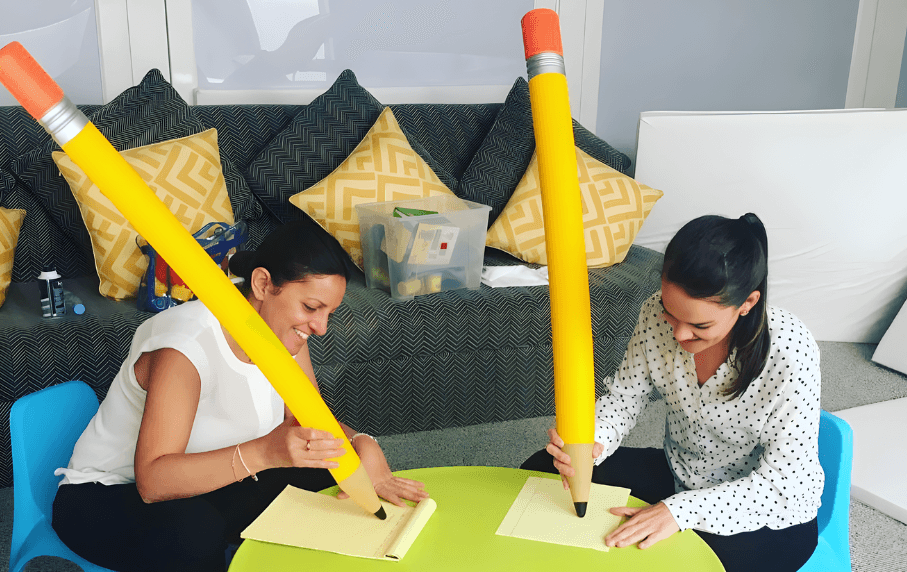
Parents of exceptional children often ask me if it is ok for them to use more than one language with their child. The answer is yes! I am bilingual. I grew up in a home where I was exposed to several languages. It was the norm. My nieces and nephews are following similar suite. Sunday lunch with my family is a blend of cultures, languages and inter-spirituality! We call it our family “Salata” (salad).
Children with special needs, who are also dual language learners (DLLS), are NOT harmed by learning two languages, in fact the research shows the contrary. Learning more than one language has many advantages.
Despite this there has been an unfortunate common practice, which has little empirical support, of recommending to parents and caregivers that they discontinue exposure to one of the languages (typically the home language) when a child is facing cognitive, language, or learning delays (Toppelberg & Collins, 2010).
There are many good reasons as to why a child can continue to learn more than one language. Interestingly although in the US and the UK, DLLs are in the minority, 60-75% of the world’s population is bilingual and the norm for these children is to learn two languages. Additionally, in cultures where the extended family and community are highly valued maintaining the first language is important because it guarantees access to family and community supports (Fahim and Nedwick, 2013).
In many families, the extended family members such as grandparents may take care of the child in the morning and evening while the parents are working. If they are told not to use their primary language, this will impact the quality language input the child receives in addition to the quality of social interactions that take place, which indirectly negatively impacts the development of the child’s social communication skills.
Most settings on children’s movies have language options. This can be a great way of shared family fun. You can watch “Cars” in English, German, French and Italian. Books can easily be read in more than one language and some books are even written in both languages. For the younger years you can try bath time each day in an alternate language. So Monday could be Bath Time in English and Tuesday it could be in Spanish or Japanese. Songs are another wonderful tool to help teach vocabulary and children’s songs usually include a socio-cultural information too.
It is advisable to use the “correct word” and grammar so the children are exposed to the correct model. So if you want to sing heads-shoulders-knees and toes in Japanese you can! https://www.youtube.com/watch?v=98rDSRw7sv0 (video of Head Shoulders Knees and Toes)